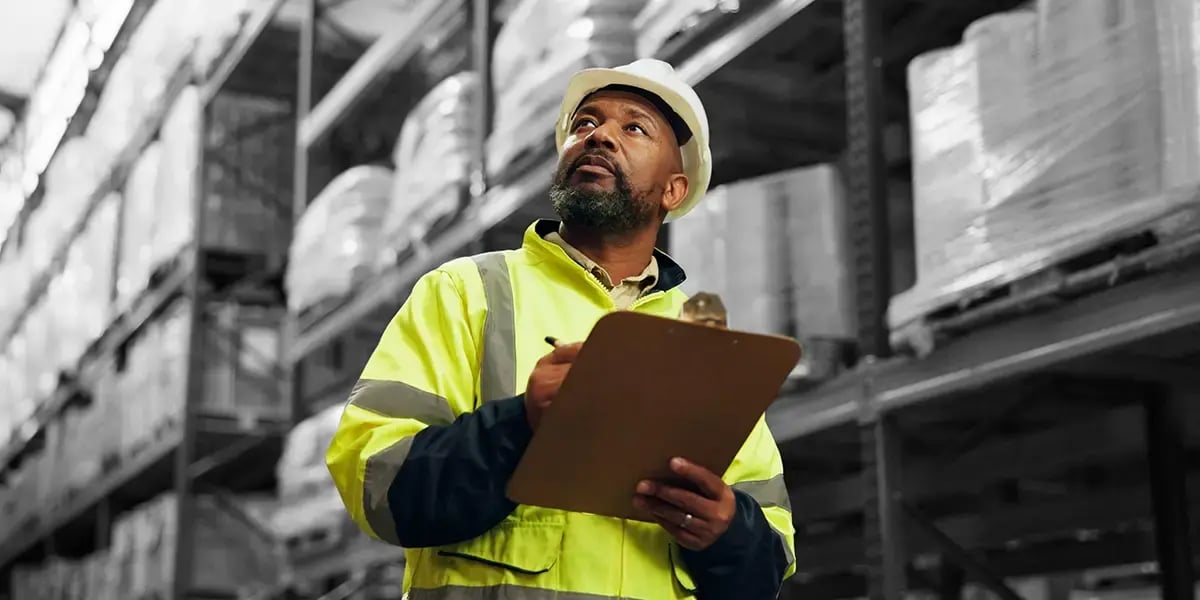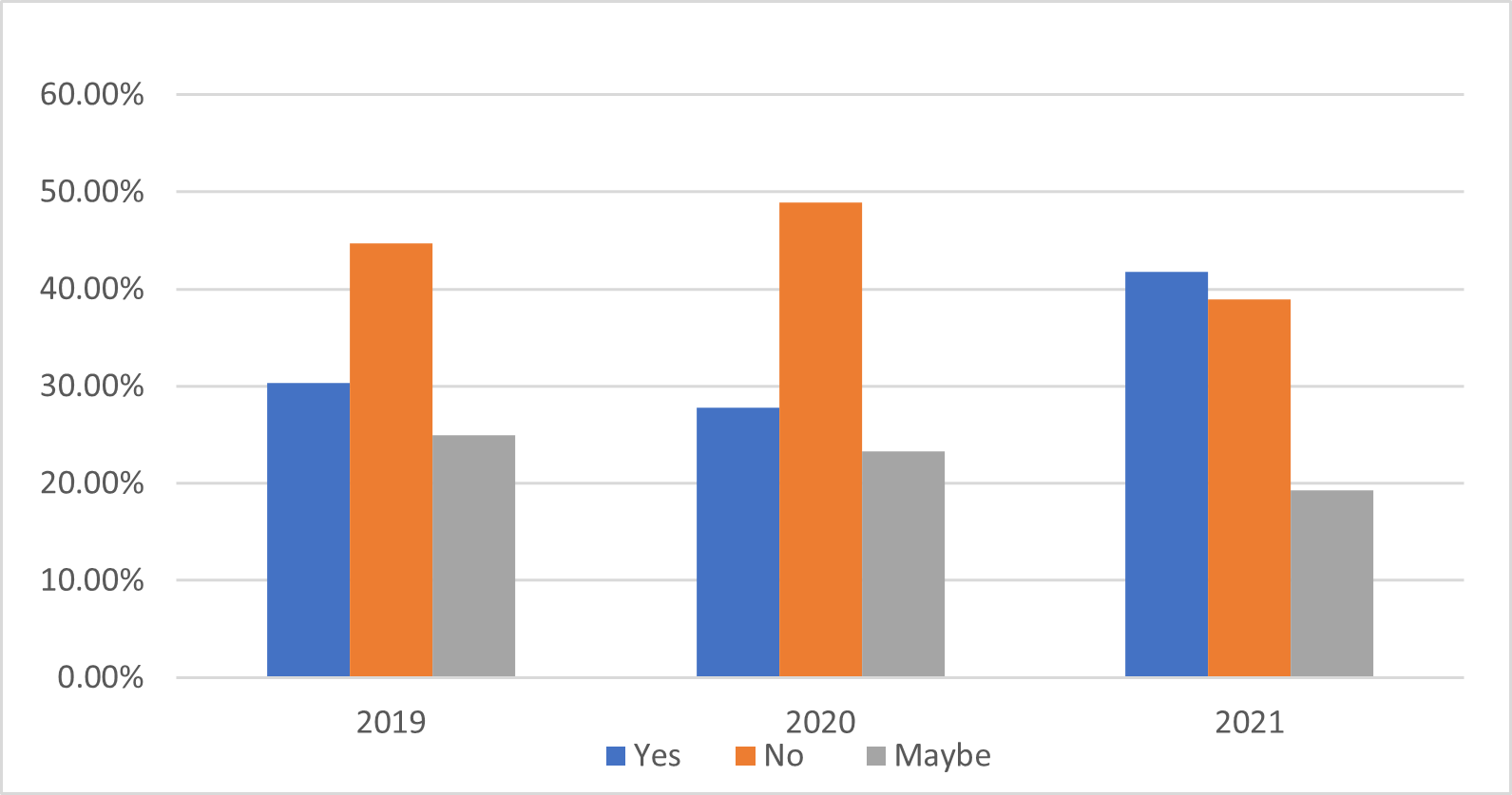
Whether your customer base is predominantly teenagers, or those above fifty, the chances are that they have some form of social media. Therefore, they might come across your brand on the internet, not just through your website or channels such as Google. Social media is a powerful tool, as it allows customers more control; they can write reviews, and interact with brands in a way that website don’t allow them to. If you’re a retailer, it can be extremely important to ensure that your brand, and delivery services, are receiving good press, and that you maintain a positive image. As this isn’t an element that can be controlled directly through PR and marketing, areas such as reviews can be vital for ensuring that customers maintain a generally positive conversation. Good delivery, means happy customers; in turn, having a snowball effect for your business.

Has a customer review on a retailer’s web site or social network comment (Facebook, Twitter, etc.) about a company’s delivery service influenced your household’s choice of retailer?
(Source: Maru, nShift and IMRG Home Delivery Report)
nShift conducted its yearly delivery survey of 1,000 customers to find out, amongst other things, their view on social media networks and how they interact with delivery systems. When asked whether a customer review on social media had influenced their household’s choice of retailer, for the first time ever in 2021, our respondents had a majority answer of ‘Yes’. In 2020, 27.7% of people answered ‘No’, winning the majority, which then changed in 2021, as 41.8% of respondents said ‘Yes’.
So, what does this tell us about the relationship between social media and delivery? The data suggests that social media is only going to become more significant in how customers interact with a brand, and whether they trust their delivery systems.
In order to build more trust, the key is to gain traction with happy customers, so that they then leave positive reviews on channels such as Facebook, Twitter and Google. Through providing reliable delivery, time-slot updates, rapid delivery options, and quick and easy communications with the service, then customers slowly build up the type of long-term trust which will show on social media. As social media only continues to grow, and become more advanced, brands will need to stay moving in order to keep up with the effect bad reviews could have on their business. We expect that the number of respondents answering ‘yes’ will remain in the majority, or keep increasing, in the future.
To conclude, social media is a key aspect of the delivery process; if you can smooth out the delivery, then happy customers equate to good reviews… and in turn, good reviews mean more customers. The power of these platforms is not to be underestimated in the modern age, so smoothing out such avenues leads to a positive feedback loop.
About the author





